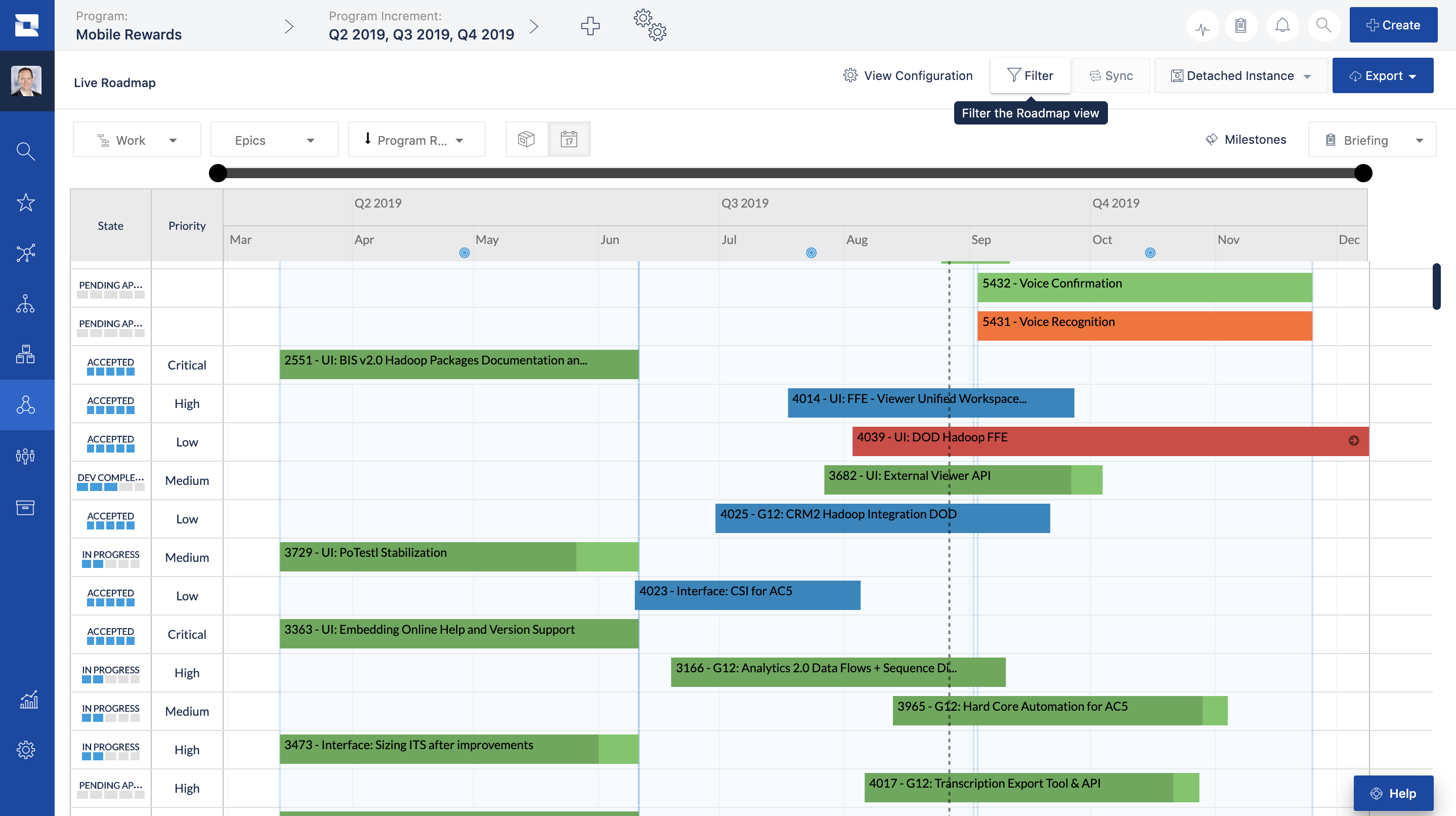Most software developers are familiar with the tendency to over-engineer solutions to a problem. At the same time, most product managers are familiar with the tendency of stakeholders to want features that customers never use. Value-based engineering aims to avoid these tendencies by validating ideas at a minimal cost before building them out.
Let’s take a look at the origins of value-based engineering, how it has been applied to Agile software development, and tips for getting started.
Stakeholders and software engineers both have wasteful tendencies—but value-based engineering can help avoid them. Share on XValue-based Engineering 101
The concept of value-based engineering was developed by General Electric engineers in the midst of World War II in the 1940s. Given the limited materials available at the time, the purchase engineers sought out substitutes for materials and components that were in short supply to reduce costs and meet or exceed performance expectations.
While the concept was originally conceived in a different time and field, the same principles have inspired the Agile and Lean principles today. If value is defined as the ratio of function to cost, value-based engineering either improves functionality or lowers the cost to deliver the most business value—it seeks to provide a piece of functionality at the lowest cost.
Of course, the idea of cost differs in software versus manufacturing. GE engineers were focused on sourcing cheap materials to lower the cost, but in software development, cost overruns often come from over-engineering a solution, introducing performance defects, or moving too quickly and accruing technical debt.
In Agile software development, value-based engineering involves creating customer-centric hypotheses with a limited scope and validating them with a minimum level of investment. The validation process uses rapid feedback loops and one metric that matters to power fast and inexpensive experiments and quickly pivot or shut down bad ideas.
The Value Engineering Process
Value-based engineering has led to Lean and Agile principles. These principles emphasize the importance of starting with a limited scope, validating a hypothesis with customers, and maintaining a continuous feedback loop to minimize the tendency to over-engineer solutions and ensure the right product-market fit for each feature.
A typical value-based engineering process involves a few key steps:
- Develop a customer-centric hypothesis with a limited scope. Never assume that you’re correct based solely on domain knowledge or instinct.
- Create a minimum viable product (MVP) to test the hypothesis. Invest the minimum amount of effort to obtain the maximum amount of learning.
- Run fast and inexpensive experiments, such as user interviews, focus groups, or A/B tests to quantitatively measure user engagement.
- Pivot or shut down bad ideas quickly and double down on high-value ideas.

Jira Align – Source: Atlassian
Several software solutions can help organize these efforts. For example, Jira Align makes it easy to build a clear hypothesis statement, account for research costs, measure results in real-time, compare with other epics or features in your Roadmap, and access high-level analytics. It’s easy to ensure that projects stay within scope and on-budget.
Beyond Lean & Agile Principles
Lean and Agile processes are one way to unlock the benefits of value-based engineering, but there are broader ways to align business and technical goals. For example, a company may be able to deliver the same user experience at a fraction of the cost with the right technology selection or an inexperienced software engineer might miss a simpler solution to a problem.
Some other common ways to unlock value include:
- Technology selection: Cutting-edge technologies are attractive to experienced engineers, but they don’t always offer the best business value. In addition to unnecessary technical complexity, developers familiar with cutting-edge technologies are often a lot more expensive to hire and retain.
- Developer experience: Inexperienced developers often create technical debt. For example, they may write inefficient code that doesn’t scale very well, which can increase infrastructure costs over time or cause costly application failures. These mistakes can be avoided with experienced advice or a second set of eyes.
- Hidden profit: Engineering-heavy organizations without marketing expertise may take the quickest path from A to B. While it has a lower upfront cost, there may be opportunities to optimize conversion rates or improve end-user satisfaction, which can result in a higher return on investment over time.
Many of these strategies rely on hiring the right software engineers that have a combination of business and technical experience. In other words, they should understand the functionality required and be mindful of the cost of implementation to maximize the value.
Sharkbyte’s Unique Approach
Sharkbyte specializes in both Lean and Agile development, as well as finding value beyond these principles. We believe that great software development shouldn’t come with a high risk or a high price—it should come with the best return on investment for the business.
We use a six-step process to take our clients from start to finish:
- Needs identification: We work with you to develop an understanding of your requirements and brainstorm the best way to meet them.
- Roadmap development: We develop a detailed roadmap that identifies how we’ll architect a solution along with short sprints that validate along the way.
- Engineering: We engineer solutions with a hand-picked team of professional developers that have a heightened sensitivity to your specific needs and audience.
- Communication: We communicate at every stage as we progress, identify new features, or come across innovative ways to accomplish goals.
- Fine-tuning: We meticulously fine-tune the product to ensure quality, consistency, and functionality across platforms.
- Launch: We help you go-to-market with launch and provide optional ongoing support through team augmentation or other services.
We also provide a wide range of services depending on each client’s specific needs: We develop high-fidelity roadmaps for businesses just starting their journey, custom software development for those looking to outsource for maximum return on investment, and team augmentation for internal teams that just need a little temporary support.
Contact us today to learn how we can work together.
The Bottom Line
Value-based engineering is an Agile- and Lean-aligned approach to software development that involves minimizing waste and constantly optimizing the balance between functionality and cost. In addition to Agile and Lean principles, value-based engineering involves selecting the right technologies, building the right team, and optimizing for business results.
Sharkbyte is built from the ground-up with business in mind. From building Shopify implementations to responsive mobile apps, we can help avoid the tendency to over-engineer and provide the highest return on investment for your projects. Get started today!



